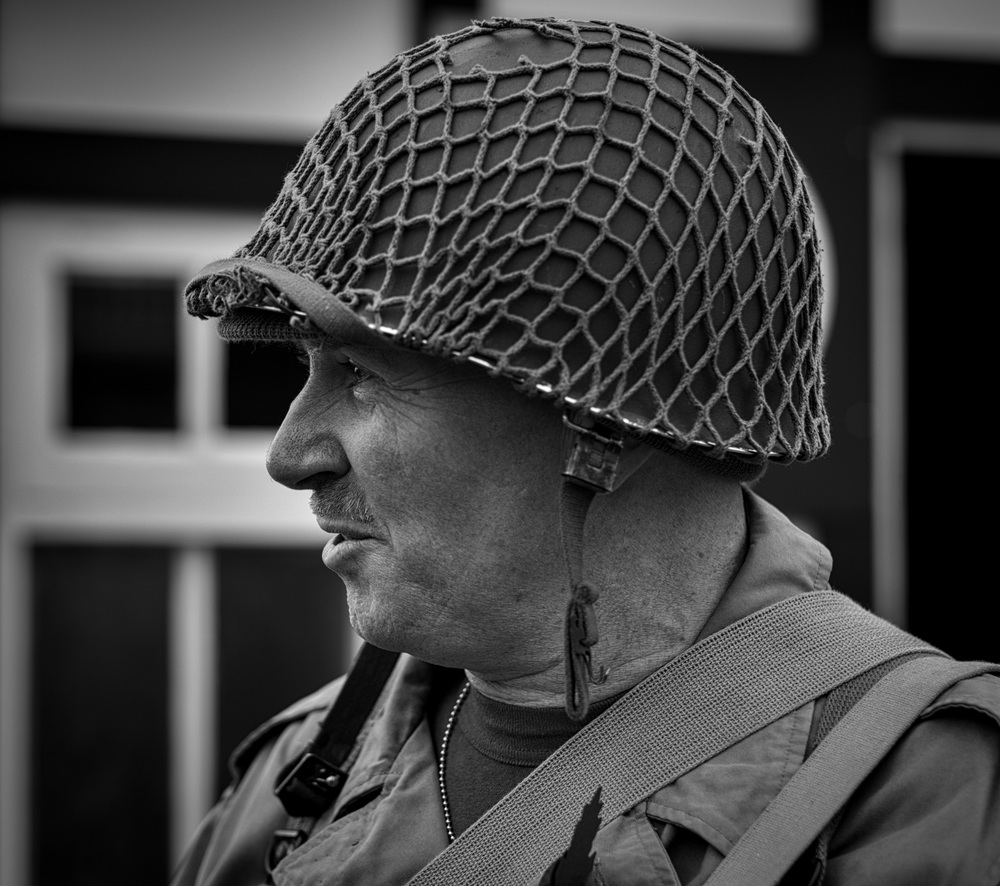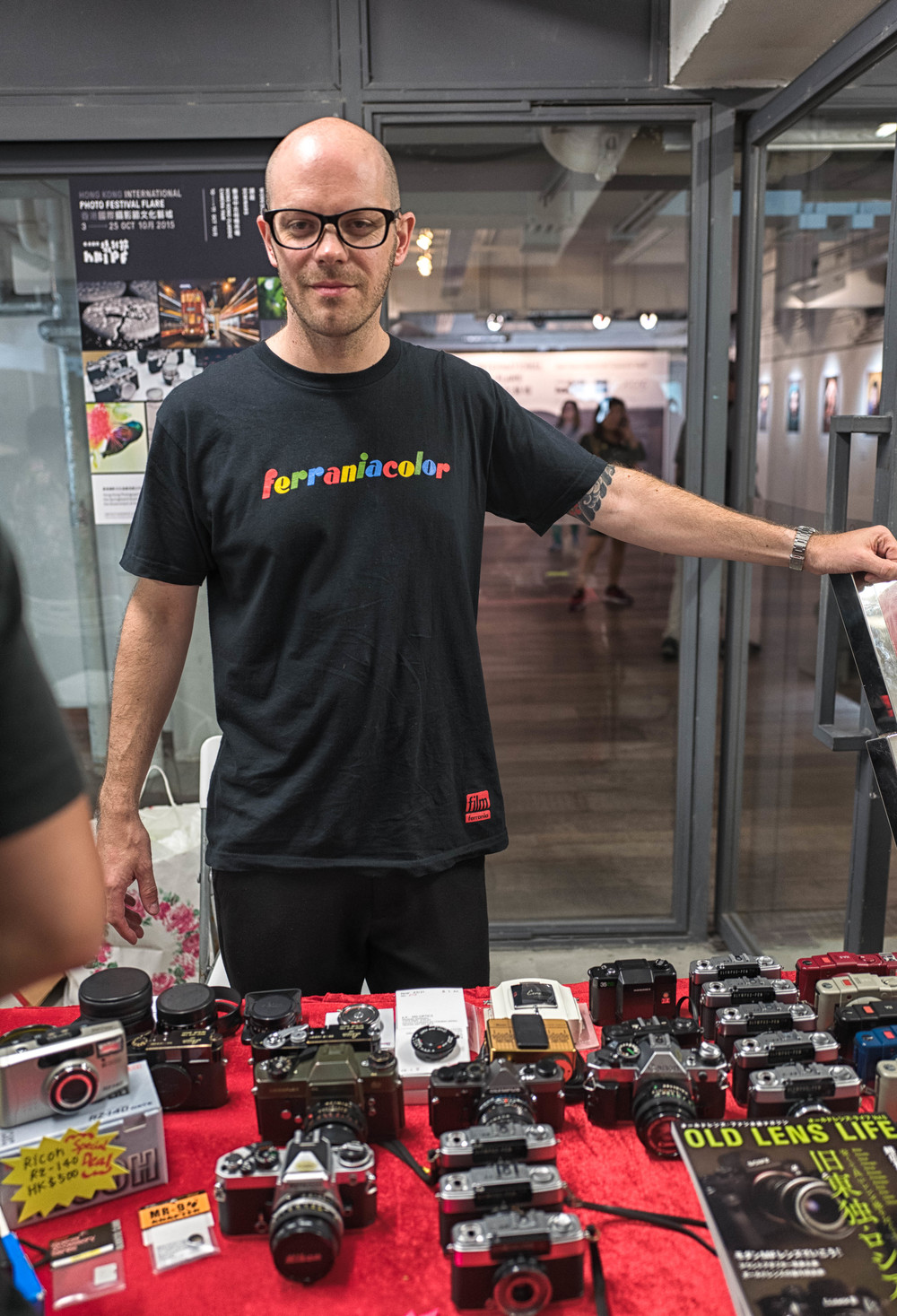
David English is a well-known technology writer but has a longtime passion for Leica. He belongs to the one-camera school, something to which many of us aspire yet are distracted from constantly by our gear acquisition lust or, perhaps, our indecision. He’s also an ace exponent of black-and-white photography and has a preference for all things monochrome, particularly movies.
Just occasionally it’s nice to have a spot of colour to play with—even though that colour might eventually be processed to monochrome. So David has taken to carrying two cameras that he thinks perfectly complement one another and which are small enough to both fit in a Billingham Hadley Small.
His main camera is the Leica Monochrom, as befits a man with a passion for black-and-white. A couple of years ago he bought an X Vario to supplement his M photography, to add a spot of colour when needed. But now he has discovered the new Leica Q and it has taken the place of the XV in the Billingham.

The Q, believes David, is the natural complement to the M. While he generally prefers manual focus, the Q offers not just colour but a very snappy AF function when needed.
I can empathise with David’s choice of both cameras. I own them and I can agree that they are totally complementary. The Q has been my go-to travel camera for the past six months and has been abroad with me on multiple occasions, always ready for a superb shot.
The Monochrom (in this case the later M246) has the ability to flatter the black-and-white enthusiast and can produce the most amazing results. Yet, as David points out, monochrom conversions from the Q are impressive and the difference is a matter of fine degree. The Q, though, has the bauble of colour to add to the mix and this is justification enough for carrying two cameras.
David has detailed his experiences with the Monochrome and the Q, living together as a happy band of brothers. Read his full review here.
